Advertisement
Connected sensors are essential for modern companies to gather vital operational data constantly. Linking devices through algorithms creates strong processes. Integration of IoT with machine learning opens real-time insights from many data sources. Companies can spot anomalies before they become failures and quickly modify their activities using precise projections.
Real-time IoT data insights guarantee teams' easy monitoring of performance throughout equipment and sites. Edge devices and cloud platforms combined greatly lower manual involvement and increase general scalability. Large amounts of data are quickly processed through pipelines. AI models constantly improve insights to enable more effective resource use and cost reductions over time. Companies accomplish strong data-driven operations.
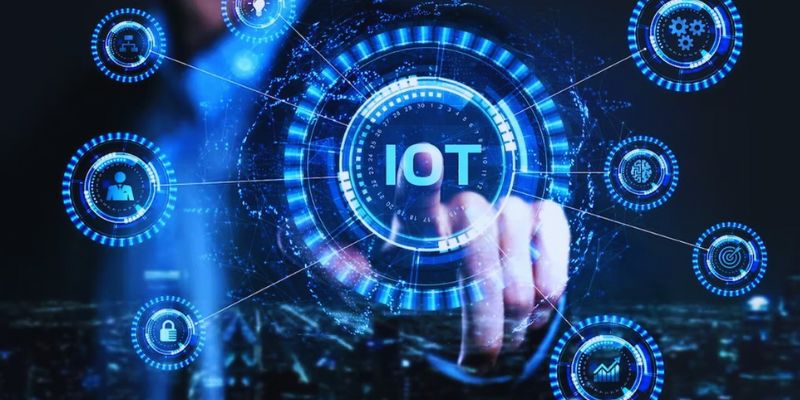
Equipment sensors compile vibration, temperature, and other data to monitor machine conditions constantly. By means of sensor data analysis, machine learning systems identify minor deviations early on and thereby avert failures. Models of historical maintenance records feed reliable forecasts of component lifetime and possible breakdowns. Companies plan service activities ahead of time to prevent unneeded downtime affecting income and production. Predictive maintenance drastically lowers the expenses related to manual inspections and emergency repairs over time.
When measurements are above pre-defined criteria for quick intervention, remote monitoring systems notify technicians right away. Mass amounts of sensor data are stored on cloud systems, which also make scale model training and deployment possible. Edge computing lowers latency and bandwidth consumption for real-time operations through local data storage. Integrating IoT with machine learning simplifies processes and greatly increases asset use. Longer equipment lifespans and better maintenance budgets help companies get quantifiable returns on investment. Teams are always improving algorithms to fit changing operational environments.
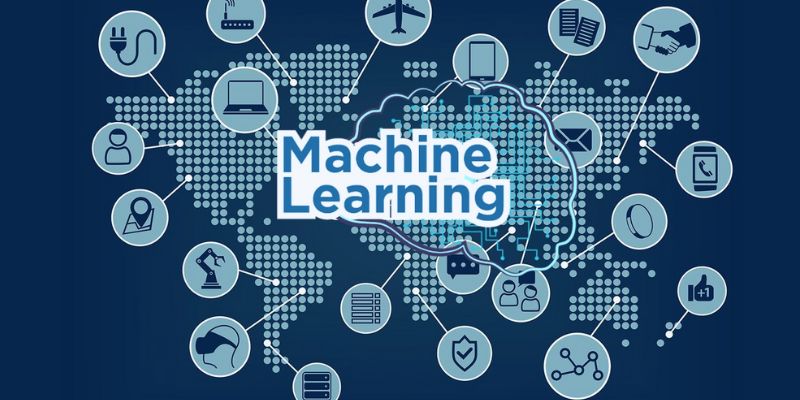
Smart meters precisely and highly frequently gather data on gas, water, and electrical consumption. Machine learning models analyze consumption patterns to find anomalies and quickly detect inefficiencies. Accurate demand forecasting helps utility companies change supply plans and stop waste. Integration of IoT and machine learning helps enable dynamic pricing and best energy distribution across grids. Customized use data sent to consumers inspires behavior modification and helps significantly lower utility expenditures.
Automated alarms alert about unusual use prior to meter overloading, resulting in service disruptions or expensive repairs. Edge analytics handle metering data at local gateways close to consumer premises, therefore lowering latency. Cloud-based systems offer extensive scale analytics for many sites and networks and safely aggregate data. Data-driven insights enable clear reporting to assist in satisfying environmental rules and enhance efforts at sustainability. Real-time IoT data insights let companies monitor grid conditions and streamline maintenance schedules. Automated dashboards let managers monitor energy KPI gains.
IoT sensors constantly track location, temperature, and humidity by affixing themselves to pallets and shipments. Machine learning algorithms analyze increasingly accurate route efficiency and delivery time predictions. Through real-time data-based reorder point optimization, companies lower stockouts and overstock concerns. Warehouse automation combines robotics and artificial intelligence models to expedite pick, pack, and ship operations. Fleet management systems use predictive models to schedule vehicle maintenance and help prevent expensive breakdowns.
To show end-to-end supply chain performance at scale, logistic companies combine cloud dashboards. Forecasting tools dynamically adjust inventory levels by learning seasonal and market demand changes. Platforms for collaboration allow securely shared insights among stakeholders to enhance coordination, openness, and decision-making. Combining IoT with machine learning increases resilience against supply chain shocks and disturbances. Companies that guarantee consistent product quality and timely delivery will increase customer satisfaction. Teams hone supply chain models in order of constant development.
Wearable sensors precisely monitor vital indications like blood oxygen levels, heart rate, and activity patterns. Using patient data streams, machine learning models find early warning signals of health degradation. Remote monitoring systems notify care teams right away when anomalies show up in important medical statistics. Personalized treatment regimens adapt in real-time based on patient reactions and predictive analytics results. IoT and machine learning integration support telemedicine by enabling secure data interchange.
Using cloud computing, hospitals compile patient data and teach artificial intelligence models on various sets. Edge devices guarantee data privacy by locally processing sensitive health information, therefore lowering latency hazards. Predictive algorithms forecast hospital admissions and help distribute resources effectively during high-demand periods. Custom alerts and reminders are sent to patients for follow-up visits and medication adherence. By means of data-driven decision-making, healthcare professionals enhance patient outcomes and reduce running costs. Clinicians use insights in proactive care management.
Soil sensors track pH, moisture, and nutrient levels to guide exact fertilizer and irrigation timing. Early crop stress and insect infestations can be found using drones fitted with cameras and LiDAR scanning fields. Analyzing multispectral pictures, machine learning systems map variability and suggest focused therapies quickly. Using automated tools driven by artificial intelligence, farmers precisely apply chemicals and plant seeds. Integration of IoT and machine learning increases yield forecasts and improves harvest scheduling for best crop quality.
For proactive field management, weather stations input predictive models projecting temperature changes and rainfall. Edge computers process farm data on-site to support low-latency decision-making. Cloud-based platforms compile data across seasons to hone models and enhance long-term planning. Real-time IoT data insights minimize environmental effects and drive the resource economy by increasing production. Track performance dashboards to distribute inputs, labor, and equipment properly every season.
Companies implementing IoT and machine learning integration get constant scalable automation and quantifiable competitive benefits. IoT data insights in real-time help teams to react quickly to anomalies and new trends. Perfect coordination of cloud and edge devices guarantees high availability for important applications and helps to lower latency. Globally, in industry, utilities, and transportation, predictive analytics promote preventive maintenance and resource optimization. Integration initiatives call for strong security policies and governance systems to guard private operational data constantly. Companies using real-time IoT data insights and artificial intelligence automation keep leadership in ever-changing marketplaces.
Advertisement

Ever needed fast analytics without heavy setups? DuckDB makes it easy to query files like CSVs and Parquet directly, right from your laptop or app.
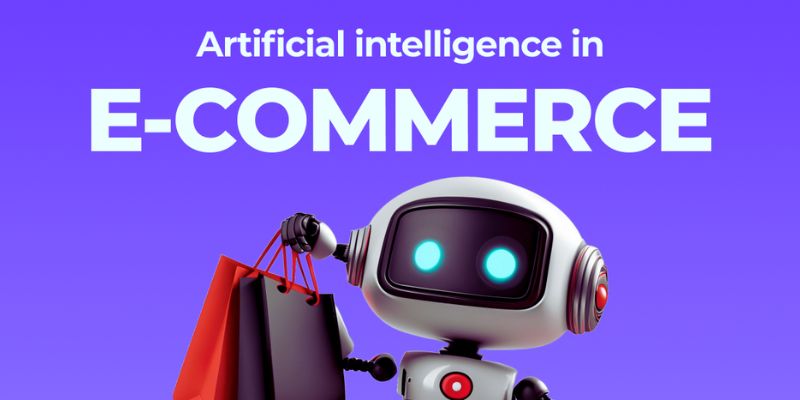
AI transforms sales with dynamic pricing, targeted marketing, personalization, inventory management, and customer support
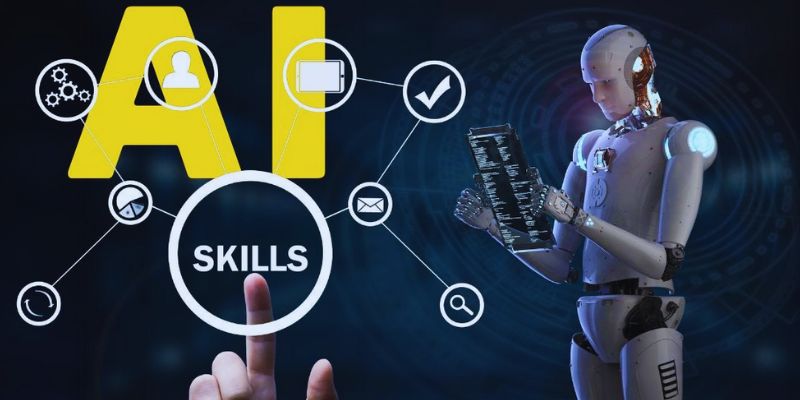
Learn about essential AI skills for network professionals to boost careers, improve efficiency, and stay future-ready in tech

Looking for the best open-source AI image generators in 2025? From Stable Diffusion to DeepFloyd IF, discover 5 free tools that turn text into stunning images

Discover how to turn simple data into eye-catching 3D pie charts. This guide shows you easy steps, smart design tips, and when to use 3D for maximum impact

Understand how global AI adoption and regulation are shaping its future, balancing innovation with ethical considerations
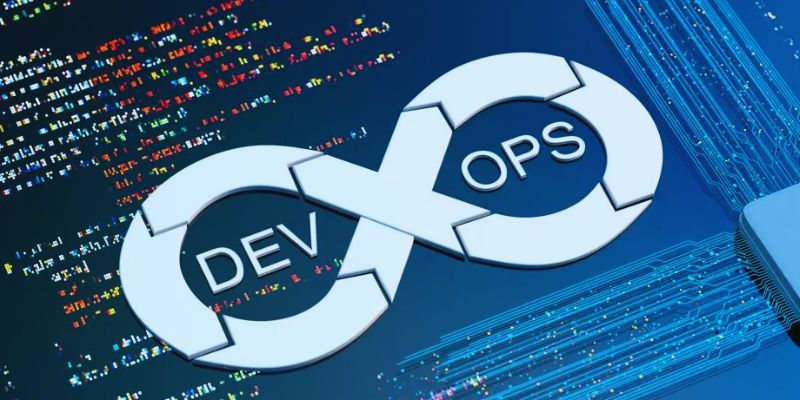
Restructure DevOps for ML models and DevOps machine learning integration practices to optimize MLOps workflows end-to-end

Chile uses forest fire detection technology and AI-powered fire warning systems to detect fires early and protect forests
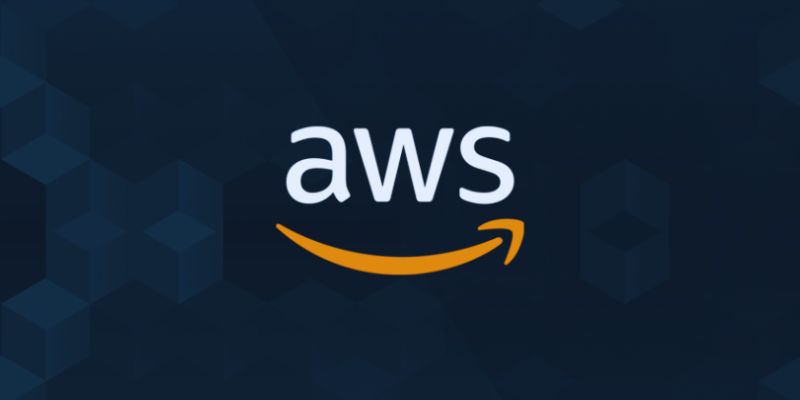
AWS unveils foundation model tools for Bedrock, accelerating AI development with generative AI content creation and scalability
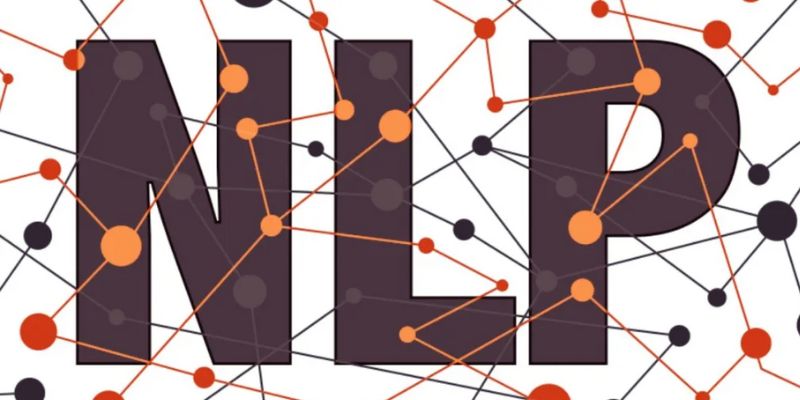
Discover how GLUE and SQuAD benchmarks guide developers in evaluating and improving NLP models for real-world applications

Still puzzled by self in Python classes? Learn how self connects objects to their attributes and methods, and why it’s a key part of writing clean code
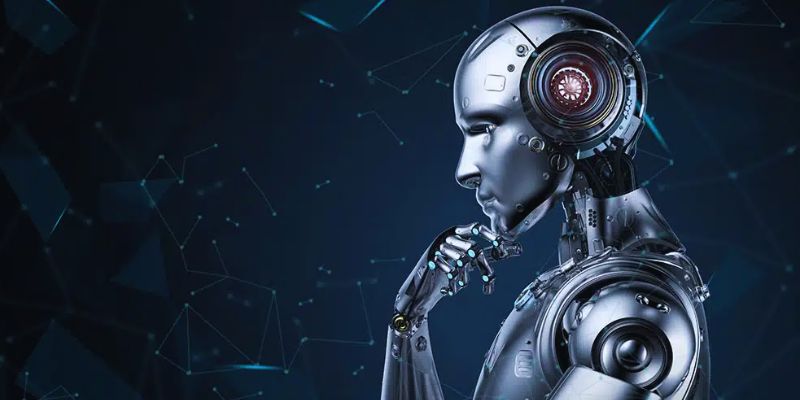
Discover how AI transforms financial services by enhancing fraud detection, automating tasks, and improving decision-making